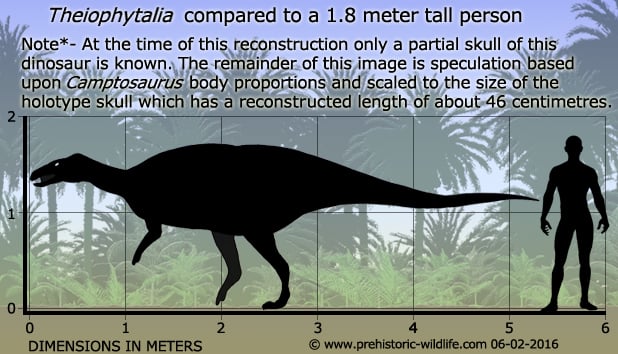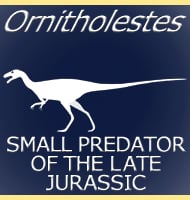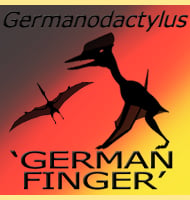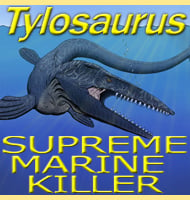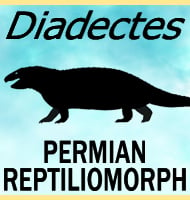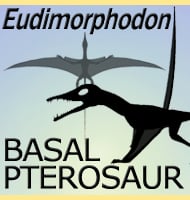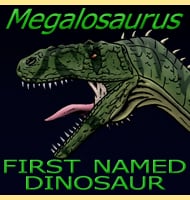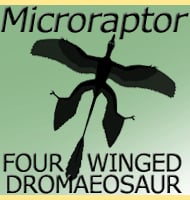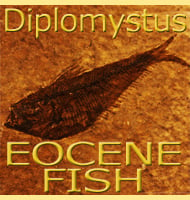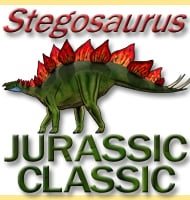In Depth
The holotype skull of Theiophytalia was originally described as belonging to Camptosaurus by Othniel Charles Marsh in 1886, and in 1909 used as a base to reconstruct Camptosaurus by Charles W. Gilmore. The problem here is that this skull is slightly different to other known Camptosaurus skulls. Additionally, Camptosaurus is known to have lived in the late Jurassic, and originally this fit with the skull because when it was delivered to Marsh it was recorded as coming from the Morrison formation. However, when sections of the skull were subjected to microscopic comparisons to other records of fossil bearing formations, it was discovered that this skull did not come from the Morrison Formation.
Instead the skull was a near perfect match for the Purgatoire Formation (specifically the Lytle Member). This meant that the individual dinosaur that this skull came from lived at least thirty-nine million years after Camptosaurus fossils disappear from the fossil record. This huge gulf in time combined to differences in the skull led to one conclusion; that the skull represented a whole new genus of dinosaur, and thus Theiophytalia was established by Brill and Carpenter in 2007.
With a reconstructed skull length of about forty-six centimetres, Theiophytalia would have been a medium to large ornithopod dinosaur, browsing upon vegetation growing at varying heights from the ground. Theiophytalia may have come into occasional contact with other dinosaurs such as Tenontosaurus and the armoured Gastonia which were around in this approximate portion of the United States at the same time. Possible predatory threats to Theiophytalia may have come from dromaeosaurs such as Deinonychus to even the huge Acrocanthosaurus.
Further Reading
- A description of a new ornithopod from the Lytle Member of the Purgatoire Formation (Lower Cretaceous) and a reassessment of the skull of Camptosaurus. - Horns and Beaks: Ceratopsian and Ornithopod Dinosaurs 49-67. - K. Brill & K. Carpenter - 2007.
